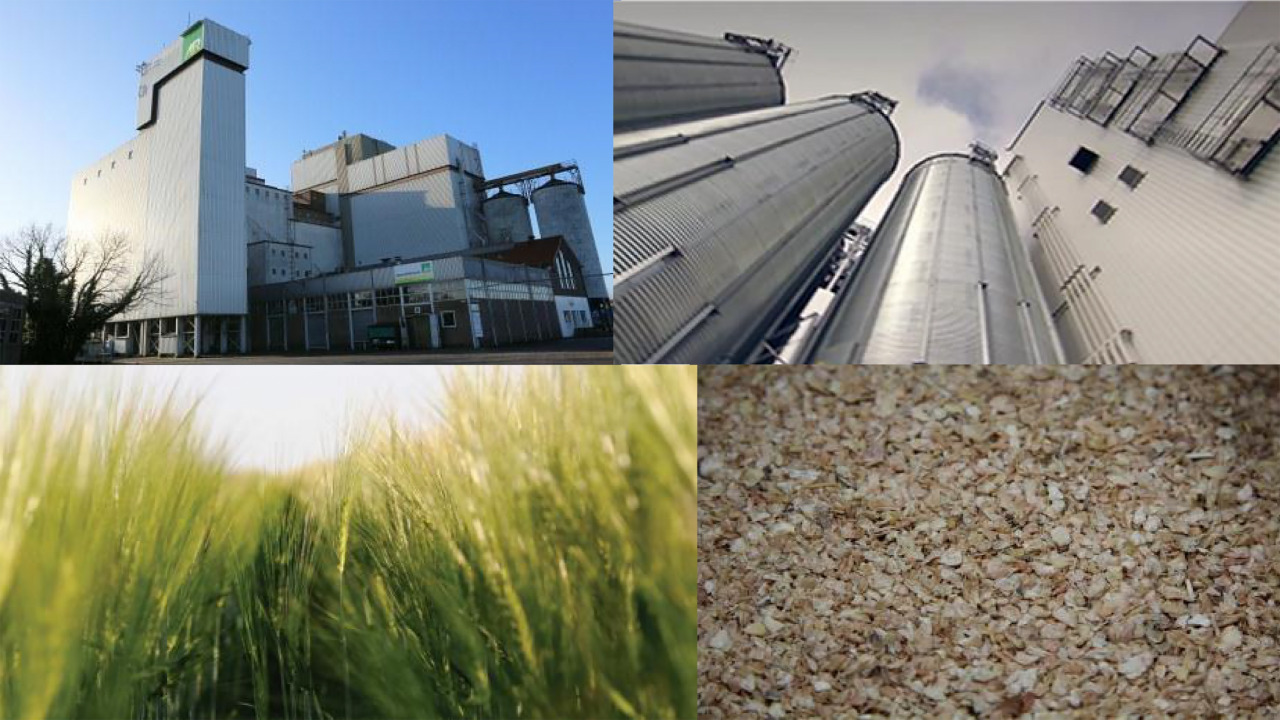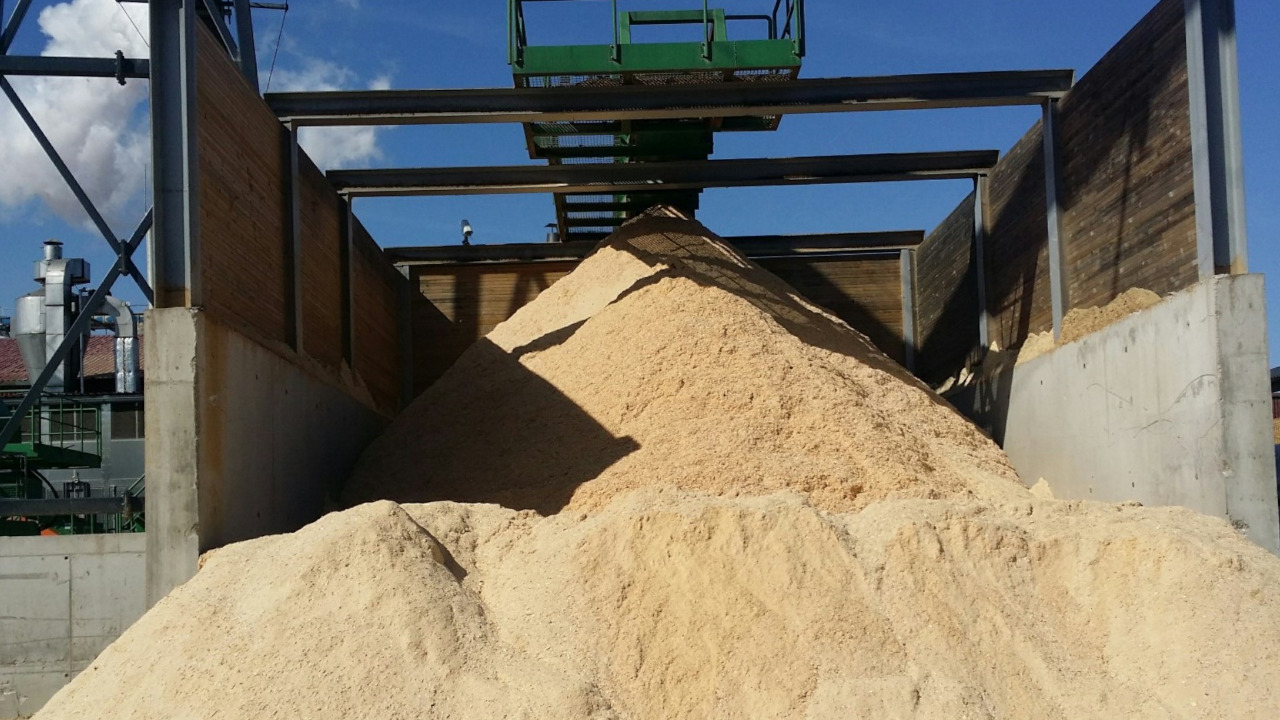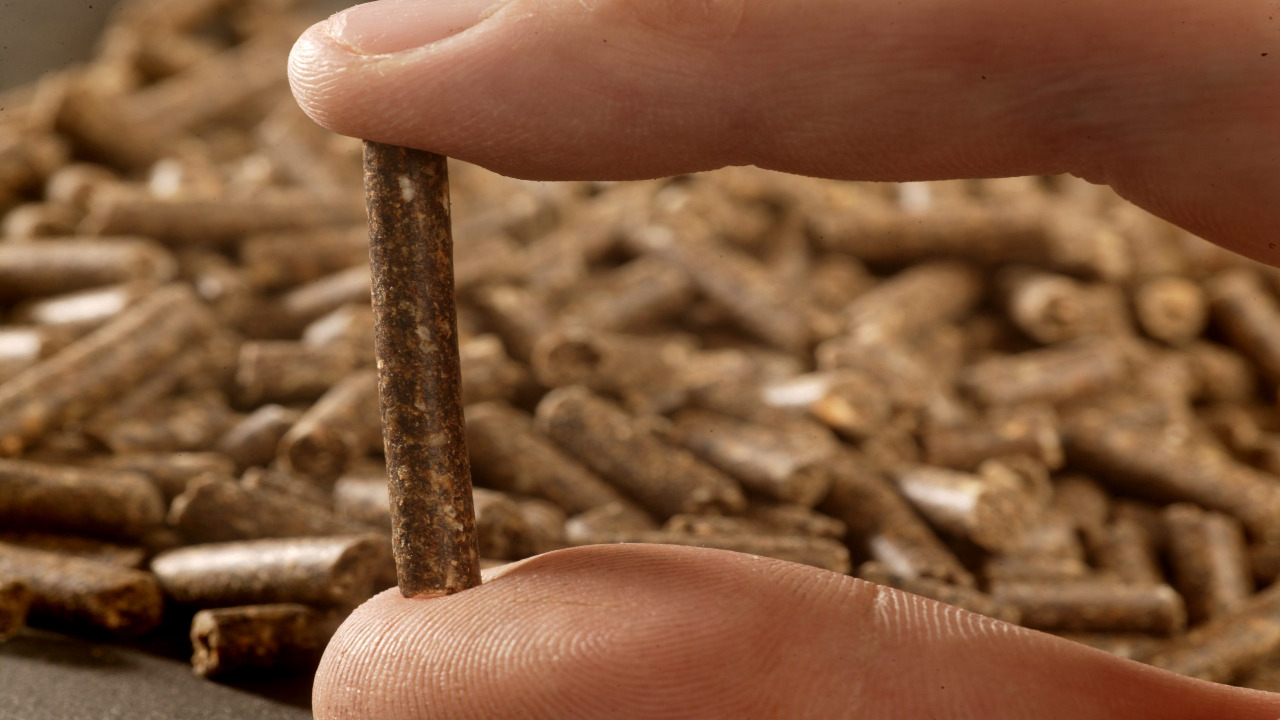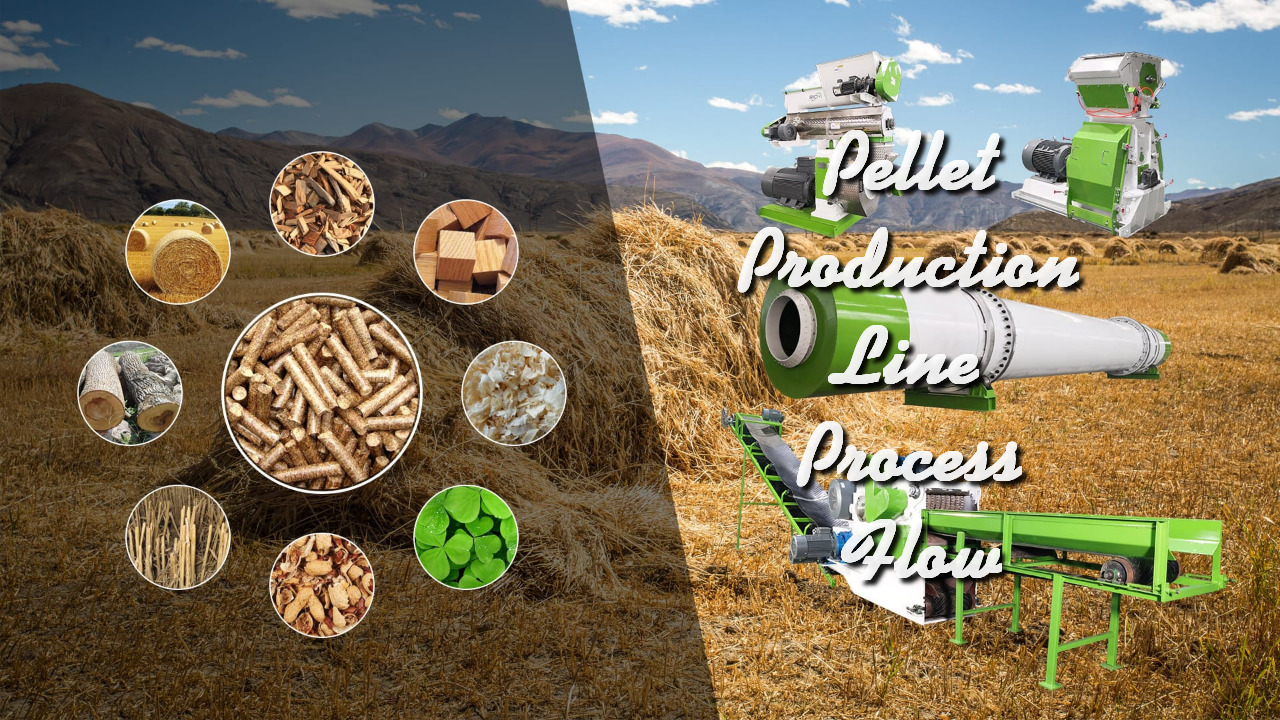
The first step in the pellet production process is the preparation of the raw material. The raw material can be anything from sawdust, wood chips, crop residues, and many more. The raw material is usually collected from the field or the forest and transported to the processing plant. The raw material must be screened to remove any impurities, such as stones, metal pieces, and other debris that may damage the equipment. You can get more information on the pellet production line and raw materials preparation here.
Grinding and Drying

The second step in the pellet production process is grinding and drying. The raw material is ground to a fine powder using a hammer mill or a grinder. The ground material is then dried using a dryer to reduce the moisture content. The drying process is critical since pellets require a specific moisture content to be produced efficiently.
Pelletizing

The third step in the pellet production process is pelletizing. The ground and dried material is fed into the pellet mill, which compresses the material into pellets. The pellet mill uses a set of rollers and a die to press the material into pellets. The die has small holes of different sizes that determine the diameter of the pellet. The pressure applied to the material as it passes through the die compresses it into pellets.
Cooling
The fourth step in the pellet production process is cooling. The freshly made pellets are very hot and must be cooled before they can be stored or transported. The pellets are cooled using a cooler that uses air to cool the pellets. The cooler is designed to remove excess heat from the pellets and reduce their moisture content.
Screening
The fifth step in the pellet production process is screening. The cooled pellets are screened to remove any fines or dust that may have been produced during the pelletizing process. The fines are recycled and reprocessed in the pellet mill. The screened pellets are then transported to the storage area.
Packing
The final step in the pellet production process is packing. The pellets are packed in bags or containers and transported to the market. The pellets can be used for various applications such as heating, power generation, and animal feed. The bags or containers are labeled with the necessary information, such as the production date, pellet quality, and manufacturer’s details.
Conclusion
Pellet production lines are an essential part of the biomass industry. The process flow of a typical pellet production line involves several steps, each of which must be carefully followed to produce high-quality pellets. The raw material must be prepared, ground, dried, and pelletized using the appropriate equipment. The freshly made pellets must be cooled, screened, and packed before they can be transported to the market. The production of high-quality pellets requires a combination of expertise, experience, and state-of-the-art equipment.
